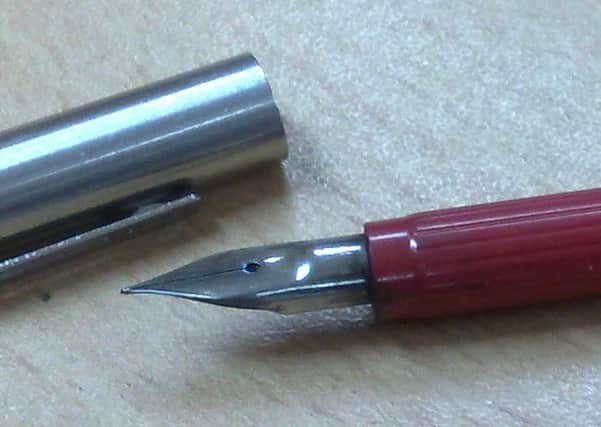COLUMN: Spotlight on chicory


As I drive around the local area, every now and again I see by the roadside a tall plant with pale blue flowers. I see even more of them on a stroll around the nature reserve here at Frampton Marsh, where they grow by the paths. These are chicory, a very large relative of the dandelion. In fact, it is sometimes called the blue dandelion. Growing up to a metre tall, they can certainly be very noticeable. But in addition to their aesthetic attraction, they have practical uses too.
Chicory is actually one of the first identifiable plants to appear in literature. The Roman poet Horace mentioned the leaves forming part of his simple diet in about 30BC. People still eat the leaves today. Wild chicory is maybe a bit too bitter for most people, but does appear as a regional delicacy in various areas around the Mediterranean and in southern India. But if you buy bagged salads from the supermarket, you might be eating it yourself. A cultivated form with larger, milder, red leaves is sold under the name of ‘radicchio’, and is a common component of a bag of ‘mixed leaves’.
Advertisement
Hide AdAdvertisement
Hide AdIt isn’t just the leaves that are useful to us either. Older residents particularly might know of ‘Camp Coffee’, a coffee substitute made from the roasted roots of chicory plants. It was particularly prevalent during World War 2, when imported luxuries like coffee were unavailable. Some Belgian beers may also be flavoured with the root, to produce a ‘witlofbier’, witlof being the Belgian name for the plant.
All of this is jolly nice. But it isn’t just humans that benefit from chicory. Those lovely blue flowers are also a great source of nectar for all our bees, butterflies and many other insects. And what would summer be without bumblebees buzzing about. Or butterflies flittering across the fields. Alas, all too a mania for ‘tidiness’ can take over and rougher areas have their plants cut back, removing all the flowers. This is one reason we have put in a wildflower strip next to the visitor centre here at Frampton Marsh. With species like flax, black mustard and sunflowers it will be a wonderful food supply for all sorts of insects. As well as a vibrant splash of colour to liven the place up. Come visit us and see for yourself, and try to find some chicory at the same time.
Dr Chris Andrews is Visitor Experience Manager at RSPB Frampton Marsh